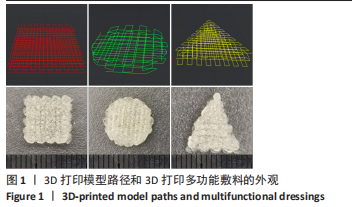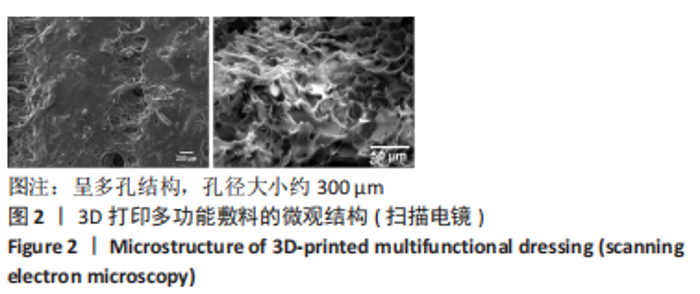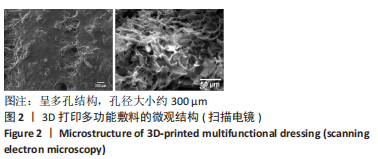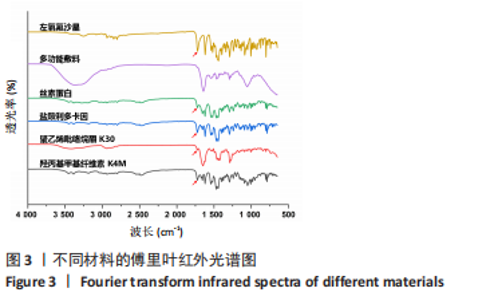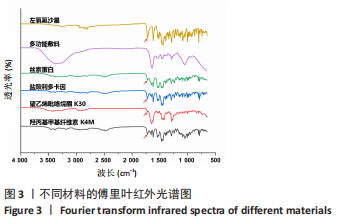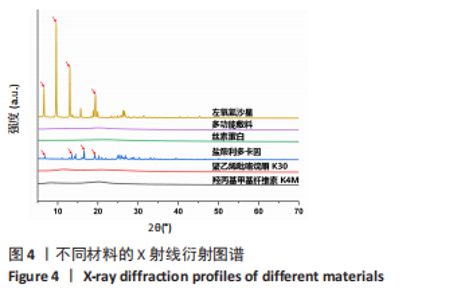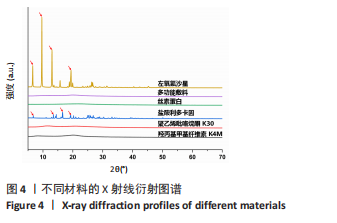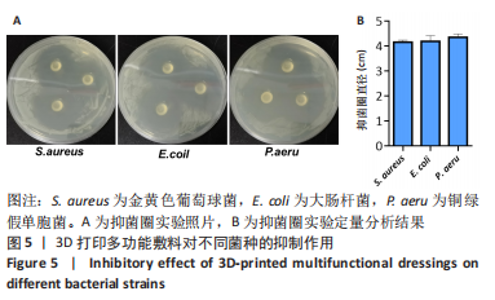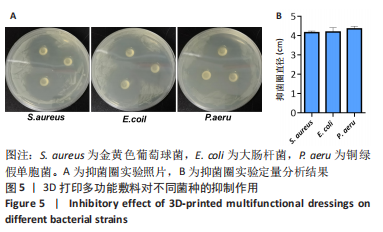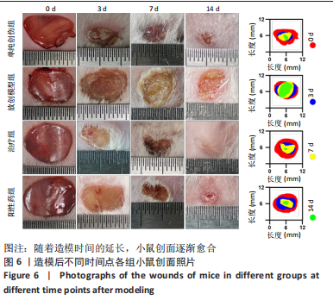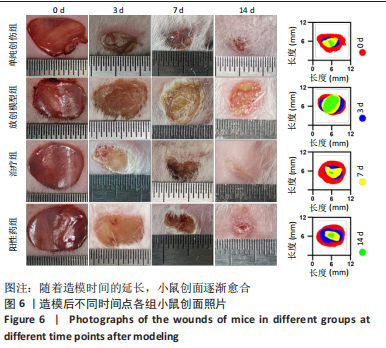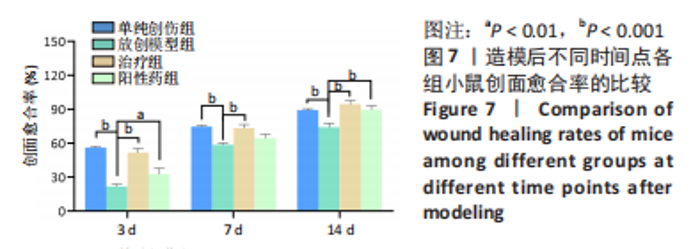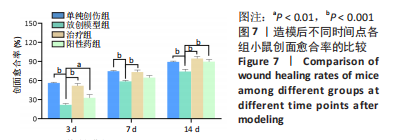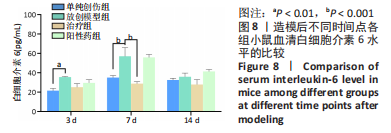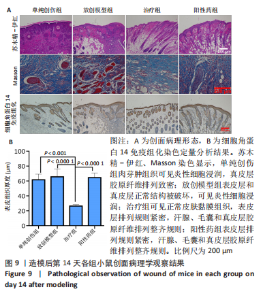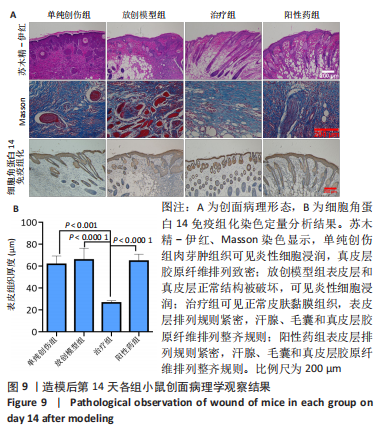[1] BEYENE RT, DERRYBERRY SL, JR., BARBUL A. The effect of comorbidities on wound healing. Surg Clin North Am. 2020;100:695-705.
[2] 朱贵花,黄从书,刘桂芳,等.60Co γ射线引起wistar大鼠放射性皮肤损伤的实验研究[J].辐射研究与辐射工艺学报,2021,39(4):26-32.
[3] 冯光,曹卫红,柴家科.生长因子在创伤愈合过程中的作用研究进展[J].感染.炎症.修复,2007,8(2):120-122.
[4] SWIFT JM, SWIFT SN, SMITH JT, et al. Skin wound trauma, following high-dose radiation exposure, amplifies and prolongs skeletal tissue loss. Bone. 2015;81: 487-494.
[5] 夏明宇,胡静璐,曹祥龙,等.多功能复方溶致液晶治疗5 Gyγ射线照射小鼠皮肤损伤[J].辐射研究与辐射工艺学报,2022,40(4):35-42.
[6] TAKAMIYA M, SAIGUSA K, AOKI Y. Immunohistochemical study of basic fibroblast growth factor and vascular endothelial growth factor expression for age determination of cutaneous wounds. Am J Forensic Med Pathol. 2002;23:264-267.
[7] SAADEH PB, MEHRARA BJ, STEINBRECH DS, et al. Mechanisms of fibroblast growth factor-2 modulation of vascular endothelial growth factor expression by osteoblastic cells. Endocrinology. 2000;141:2075-2083.
[8] 王碧舟,王珏,孙琪,等.放创复合伤靶向治疗研究进展[J].生物技术,2021, 31(3):306-311+266.
[9] LADOUX A, PERALDI P, CHIGNON-SICARD B, et al. Distinct shades of adipocytes control the metabolic roles of adipose tissues: From their origins to their relevance for medical applications. Biomedicines. 2021;9(1):40.
[10] JUNKER JP, KAMEL RA, CATERSON EJ, et al. Clinical impact upon wound healing and inflammation in moist, wet, and dry environments. Adv Wound Care (New Rochelle). 2013;2:348-356.
[11] 李晶,薛斌.新型医用敷料的分类及特点[J].中国组织工程研究,2013,17(12): 2225-2232.
[12] SONG R, ZHENG J, LIU Y, et al. A natural cordycepin/chitosan complex hydrogel with outstanding self-healable and wound healing properties. Int J Biol Macromol. 2019;134: 91-99.
[13] 孙可欣,曾今实,李佳,等.力学刺激提高生物3d打印软骨构建物基质的形成[J].中国组织工程研究,2023,27(21):3293-3299.
[14] YAN W, SHEN J, LIU D, et al. Preparation of informative wafers (info-wafers) by combination of 3d printing, code design and photopolymerization. Int J Pharm. 2023;637: 122877.
[15] JEFFRIES GDM, XU S, LOBOVKINA T, et al. 3d micro-organisation printing of mammalian cells to generate biological tissues. Sci Rep. 2020;10:19529.
[16] AWAD A, TRENFIELD SJ, GOYANES A, et al. Reshaping drug development using 3d printing. Drug Discov Today. 2018;23:1547-1555.
[17] RASTIN H, RAMEZANPOUR M, HASSAN K, et al. 3d bioprinting of a cell-laden antibacterial polysaccharide hydrogel composite. Carbohydr Polym. 2021;264: 117989.
[18] TAN YJN, YONG WP, KOCHHAR JS, et al. On-demand fully customizable drug tablets via 3d printing technology for personalized medicine. J Control Release. 2020;322:42-52.
[19] YANG Y, WANG X, LIN X, et al. A tunable extruded 3d printing platform using thermo-sensitive pastes. Int J Pharm. 2020;583:119360.
[20] TAN YJN, YONG WP, LOW HR, et al. Customizable drug tablets with constant release profiles via 3d printing technology. Int J Pharm. 2021;598: 120370.
[21] CHEN P, LUO H, HUANG S, et al. Preparation of high-drug-loaded clarithromycin gastric-floating sustained-release tablets using 3d printing. AAPS PharmSciTech. 2021;22:131.
[22] TEOH JH, TAY SM, FUH J, et al. Fabricating scalable, personalized wound dressings with customizable drug loadings via 3d printing. J Control Release. 2022;341: 80-94.
[23] 管彤,张锋.生物活性丝素蛋白敷料在创面修复中的研究进展[J].丝绸, 2023,60(2):35-41.
[24] 张嫦珍,周燕,王卫华,等.新型透皮给药系统利多卡因的研究进展[J].中国现代医生,2022,60(30):136-139.
[25] 刘雯.莫西沙星和左氧氟沙星治疗慢性阻塞性肺疾病患者的临床效果及安全性[J].中国药物经济学,2022,17(10):113-115.
[26] DUMPA N, BUTREDDY A, WANG H, et al. 3d printing in personalized drug delivery: An overview of hot-melt extrusion-based fused deposition modeling. Int J Pharm. 2021;600:120501.
[27] LI J, SHEN J, ZHUANG B, et al. Light-triggered on-site rapid formation of antibacterial hydrogel dressings for accelerated healing of infected wounds. Biomater Adv. 2022;136:212784.
[28] 李洋,薛洪范,闫荣,等.水凝胶对大鼠Ⅱ度放射性皮炎创面愈合影响机制探讨[J].社区医学杂志, 2018,16(14):1154-1158.
[29] ZHONG Y, XIAO H, SEIDI F, et al. Natural polymer-based antimicrobial hydrogels without synthetic antibiotics as wound dressings. Biomacromolecules. 2020;21: 2983-3006.
[30] EMING SA, MARTIN P, TOMIC-CANIC M. Wound repair and regeneration: Mechanisms, signaling, and translation. Sci Transl Med. 2014;6(265):265sr6.
[31] CHEN Y, LI Y, YANG X, et al. Glucose-triggered in situ forming keratin hydrogel for the treatment of diabetic wounds. Acta Biomater. 2021;125:208-218.
[32] FEROZ S, MUHAMMAD N, RANAYAKE J, et al. Keratin - based materials for biomedical applications. Bioact Mater. 2020;5:496-509.
|

